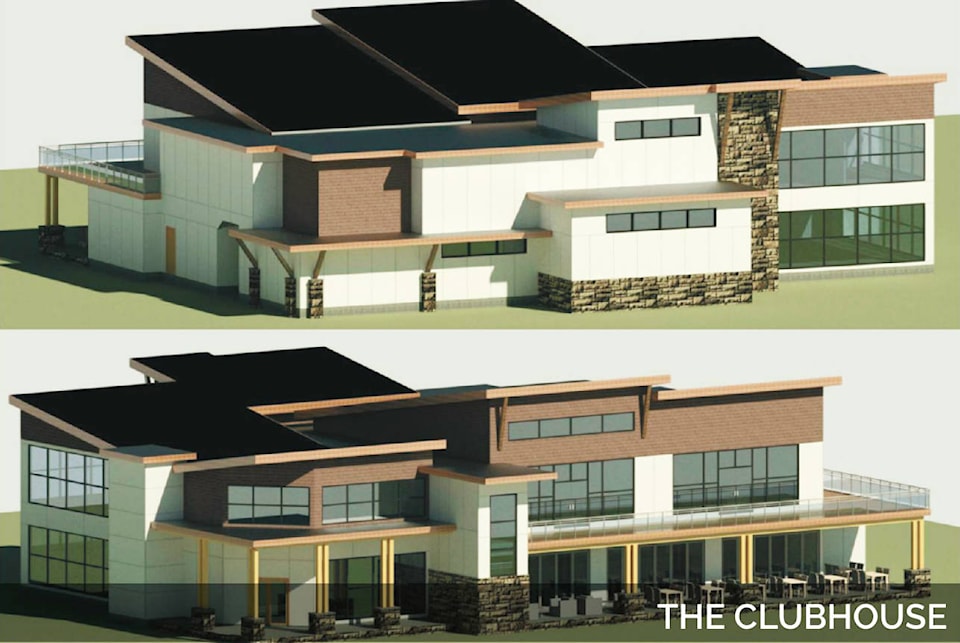The Campbell River Golf and County Club won’t be forced to underground the power lines running overhead along Petersen Road in front of their property during the extensive work being undertaken these days.
The course is undergoing some big changes and recenlty applied to the city or a variance permit to avoid having to bury the power lines, which was granted at the city’s most recent public meeting.
Normally, under the city’s Subdivision and Development Servicing Bylaw, “developments with works and services on frontages of 45m or more shall be required to underground wires on the fronting roadway,” according to the bylaw. City staff suggested in their report on the variance application, however, “that the bylaw was adopted in 2010 and pre-dates the SOCP (Sustainable Official Community Plan). As a result, the bylaw does not necessarily reflect the SOCP in terms of its pattern of land use designations,” adding the bylaw, although “intended to achieve a positive community benefit, if it is applied too broadly and in locations where it is likely to have little visual impact, even given extensive passage of time, it is necessary to consider whether the bylaw is functioning as intended.”
But council wondered whether they could run into problems down the line if they set this precedent allowing people to leave power lines overhead along major routes like Petersen Road while developing. The developer had also applied for a similar variance along Shetland Road, which no one on council had a problem with, considering the rural nature of that stretch of roadway.
“I know we’ve provided variances for burying power lines where it makes sense, but I’ve never seen a variance on roads yet where it talks about going from an urban standard to leaving it as a rural standard,” said Coun. Charlie Cornfield. “Does this set a precedent, and is this option open to others in the Quinsam Heights area? There are a lot of three-to-five-acre properties that people bought as investment, but when they find out they’ve got to upgrade the road system, it becomes unaffordable.”
Development services supervisor Kevin Brooks said the option is always available for people to apply for variance consideration, provided the development they are performing is “a rural form of development,” and that is decided on a case-by-case basis.
“To answer the question, yes, this option would be available to others that would have that rural context lot within the Quinsam Heights area,” Brooks said.
Mayor Adams also questioned whether Petersen should be considered “rural” in terms of considering development variances.
“On the east side of Petersen, we have insisted on curb, gutter, landscaping and underground lighting for whatever is there,” Adams said. “If we were, say, in a decade’s time, looking at making both sides of the road the same, in the past have we not considered something like a latecomer fee so that they weren’t required now, but if we waive the requirement now, it would limit our ability to do that in the future?”
Brooks clarified that the developer will, in fact, be upgrading the roadway in a similar way as the eastern side has been improved, it’s just the undergrounding of the power lines that will fall under the variance.
Coun. Cornfield said he couldn’t support the Petersen Road portion of the variance, “because, it would be a shame to upgrade the road and then have to tear it all up [to underground the wires in the future if they end up wanting to]. In my experience, if we don’t do it when we’ve got the opportunity, it seldom gets done.”
In the end, the variance was approved, with Cornfield being the only opposed vote.
This is the sixth time the city has granted such a variance, most recently in 2016 when Dairy Queen’s developers were allowed to leave the power lines above ground while constructing their new building on Dogwood Street.
